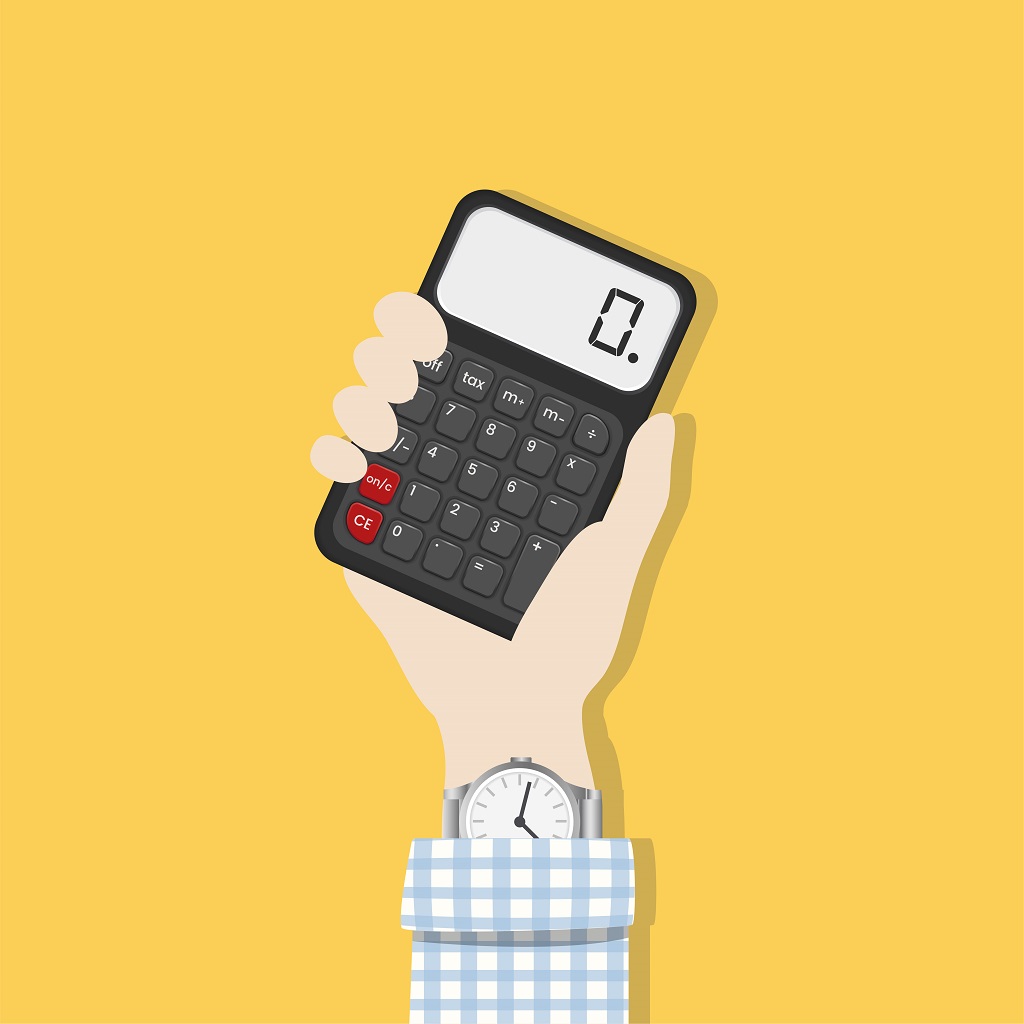
اپلیکیشن های موبایل have come to rule the world today. Many companies: from Start-ups to Enterprises are actively launching apps for their businesses. Unlike cars or goods, the cost of developing a mobile app is difficult to estimate in the beginning. There are no online catalogues present that would help you decide whether you need $15k or $150k for the project. There are good reasons for this inconveniences. As with any digital project, there are many factors that come into play. We would examine some of the points you should consider when preparing app development budget.
First rule in Budgeting for a Mobile app
The first rule when preparing app development budget is ”Fast, good or cheap. Pick two.” Sadly this old rule holds true most of the time and you can’t have the three of them. Building an app is a serious

Decide on a platform
The first step is to evaluate the platforms that you need your app. Best case scenario you could go for both of them, but if you are cash strapped Start-up sometimes choosing only one could have much better ROI than going for both. Android has a better global coverage: ideal if you want to reach as many people as possible but iOS generates more revenue from ads and in-app purchases. Furthermore developing for iOS is usually quicker than for Android as there are fewer devices.
Outline Design and Functionality
Once you have selected platforms, it is time to think about the design and functionality of your app. Before you start budgeting, you should have a solid business plan including the problems your app is solving, target audience, goals etc. You could try to put it down on paper and communicate it to your team for estimation. One of the easiest ways to do so is via user stories and flows. User stories are short, simple descriptions of a feature written in non-technical language. User Flows are the paths that the user follows through your mobile app in order to complete a task or user journey.
.png)
Build Inhouse or Outsource
The biggest expense in your app development budget would be the labour cost. Generally speaking, you have two alternatives either hire in-house engineers or approach a development agency aka outsource. The advantages of hiring in-house are better communication and the opportunity to build a team for longer-term success. However, finding the right people could be very time-consuming and hides a lot of costs. You should account for salary, office equipment, holiday and bonus pays etc. When going for outsourcing it is riskier to find the right team for your needs and adds some overhead to your communication. However, it could be cheaper, you would have access to greater expertise and you would pay only for the resources and work that is done. You could read some benefits of outsourcing here
Account for Post-launch Expenses
Many clients spend all their budget on the design and development of an app without accounting for post-launch expenses. A mobile app is not a work of art, so it needs a constant update: from accommodating user feedback to updates for compatibility with a new OS. Another big topic is marketing. There is no reason for your app to existing if nobody knows about it and nobody uses it. “Build it and they will come” does not work in the competitive app landscape. For that reason, you should spend money on things like advertising, AppStore optimisation, influencer marketing etc. The good rule of thumb is to spend around 30% of your total app budget on marketing related activities.
App development is a serious endeavour that requires solid preparation plan. Following the tips above could help you out in the communication with developers. If you are working on mobile-drop us a line
